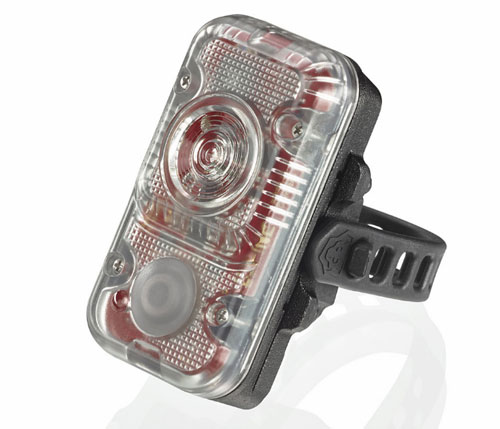Tag: riding visibility
-

Visibility and you, staying safe while riding your bike at night
With Thanksgiving long gone, we are firmly in the grip of winter. With colder days and darker nights, my thoughts turn to visibility on my daily commute. Here is some info and a few tips on staying visible while riding at night.
-

Rotlicht: Out of the box review for a one of a kind rear blinker
Along with Lupine’s SL-A7 we received a smaller package containing the Rotlicht blinker. With a brightness of 160 lumens this light might just be the best rear blinker ever made. Read on to see what else is hiding inside.
